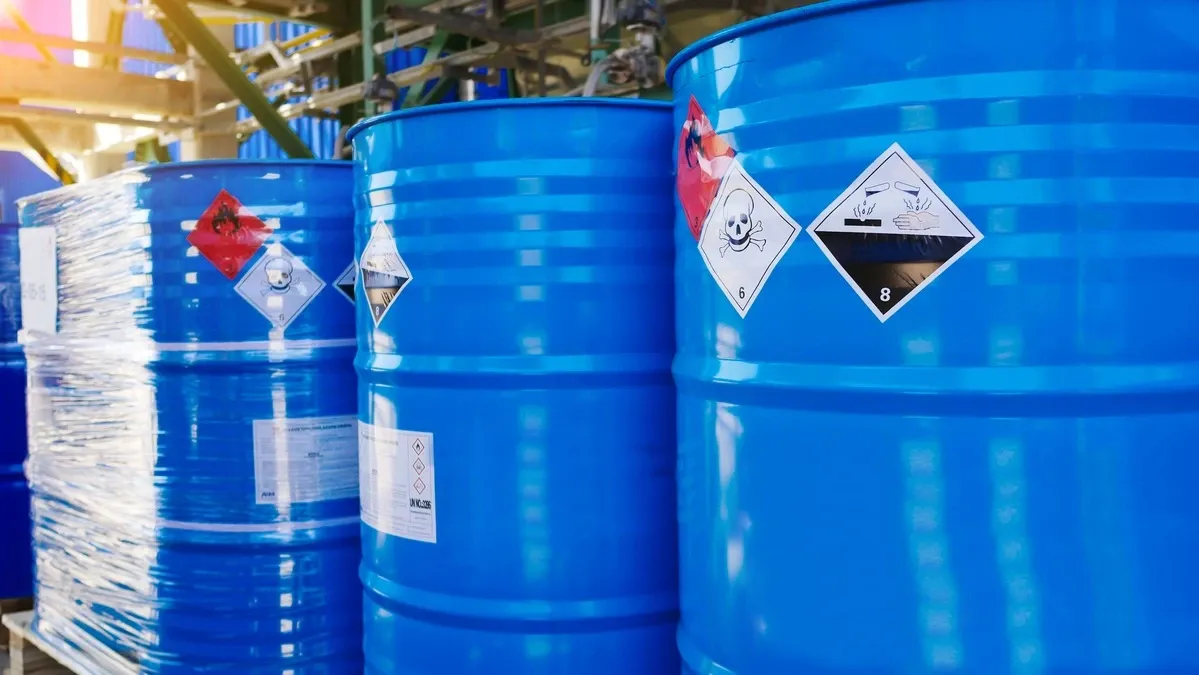The Department of Agriculture, Fisheries and Forestry of the Australian Government has issued a circular advising the international maritime industry about the contingency measures for ships installed with Ballast Water Management Systems.
This circular was issued on February 21st, 2023, and is addressed to all ship owners, ship managers, operators, masters of Australian and foreign-flagged ships, and recognised organisations.
The purpose of this circular is to inform the industry of Australia’s requirements regarding the use of contingency measures* for ships utilising a Ballast Water Management System (BWMS).
*A contingency measure is a method of ballast water management that may be used when a determination has been made that ballast water to be discharged from a ship is unmanaged. A contingency measure should manage ballast water such to ensure that it does not pose any unacceptable risks to the environment, human health, property, and resources.
A contingency measure may only be used in the instance of a BWMS failure or similar unforeseen circumstance.
These circumstances may include an inoperable BWMS where all reasonable steps have been undertaken to repair the BWMS prior to the uptake or discharge of ballast water.
Ship-specific contingency measures, including the use of ballast water exchange where applicable, are required to be incorporated into the Ballast Water Management Plan (BWMP) and be approved by the relevant recognised organisation**.
**Regulation B-1 of the Ballast Water Management (BWM) Convention requires each ship to have on board and implement an approved Ballast Water Management Plan (BWMP). Resolution MEPC.306(73), incorporates a new paragraph 4.3 which provides for contingency measures to be included in the BWMP.
 Marine Regulations NewsMatko Rak
Marine Regulations NewsMatko Rak
 Marine Regulations NewsMatko Rak
Marine Regulations NewsMatko Rak
The ship-specific contingency measures can be approved as an appendix or an addendum to the BWMP. The complete BWMP need not be re-approved.
The contingency measures developed shall consider IMO BWM.2/Circ.62 on “Guidance on contingency measures under the BWM Convention”.
Ship owners should include as many practical and safe contingency measures in the BWMP as possible, such that the Master can be guided accordingly in the event of a BWMS failure.
The Department of Agriculture, Fisheries, and Forestry (DAFF) must be notified of the intention to use a contingency measure as soon as reasonably practicable and prior to the discharge of any ballast water which has been managed using a contingency measure.
As of 23 February 2023, the use of a contingency measure can be reported as part of the normal ballast water report using the Maritime and Aircraft Reporting System (MARS).
a. If a ship uses ballast water exchange as a contingency measure,
- i. the Master of the ship must declare the use of a contingency measure on the ballast water report
- ii. D-1 must be selected in the drop-down box for a contingency measure method used.
- iii. All details must be filled out on the tank screen on the ballast water report
b. If a ship has used a method other than D-1 as a contingency measure,
- i. The Master of the ship must declare the use of a contingency measure on the ballast water report
- ii. Other, must be selected in the drop-down box for a contingency measure method used.
- iii. All details must be filled out on the tank screen and the other method of ballast water management must be conveyed to the National Maritime
Centre - maritimeNC@agriculture.gov.au.
c. A decision regarding the discharge of ballast water treated with a contingency
measure will be communicated via the Biosecurity Status Document (BSD) issued for the current voyage.
d. Please contact the department via the National Maritime Centre if you have any queries relating to this process at maritimeNC@agriculture.gov.au.
e. Where BWMS equipment remains defective the Australian Maritime Safety Authority must be informed as soon as reasonably practical via the AMSA website.










Related News
Most important regulatory news published in the last two weeks
Jul 15, 2024
Australia announces the launch of AusTreat
Jul 08, 2024
Australia issues updates to biosecurity and imported food regulatory fees
Jul 05, 2024